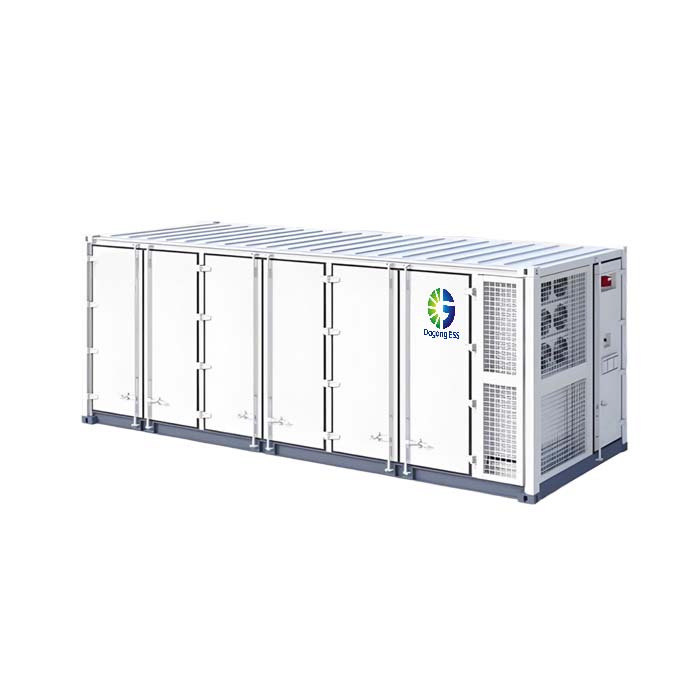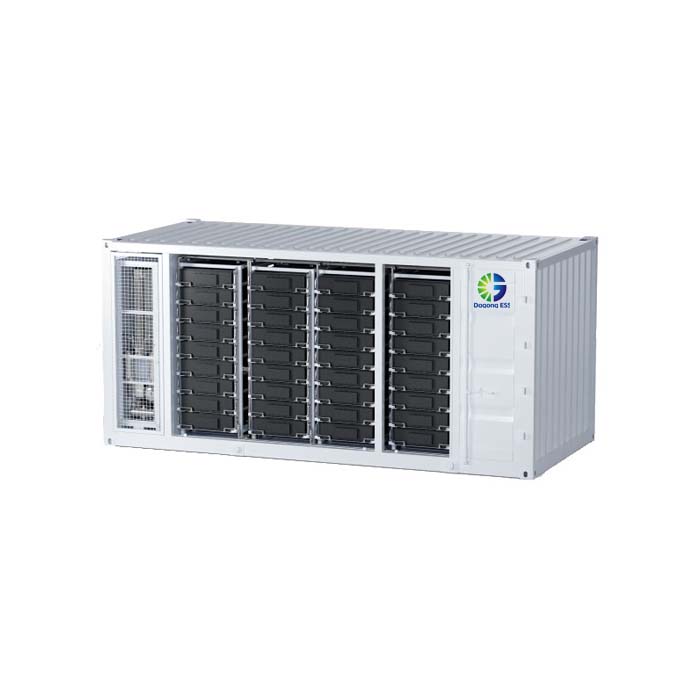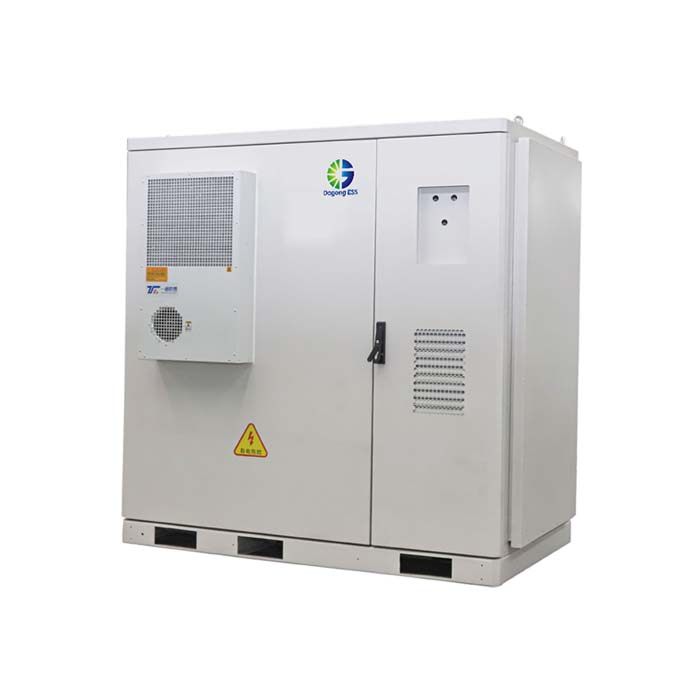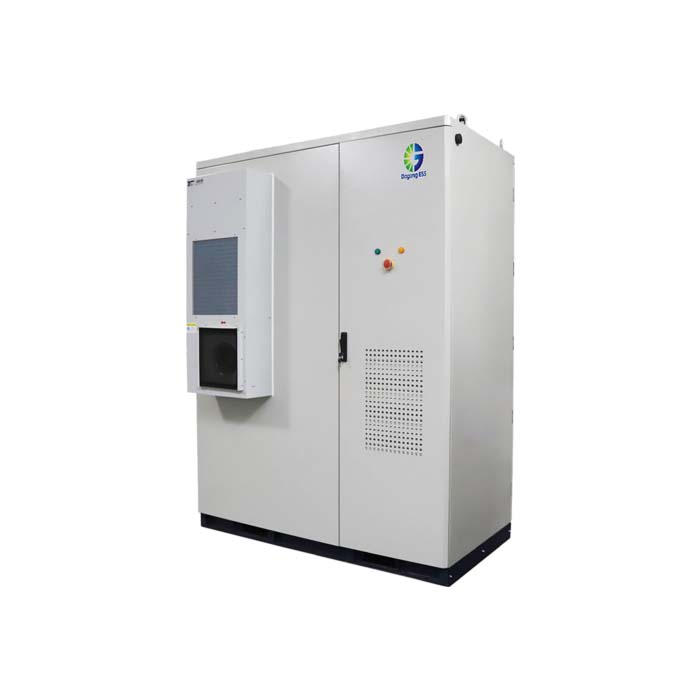What is SOH (State of Health)?
What is SOH (State of Health)?
State of Health (SOH) is a critical indicator that reflects the overall condition and performance capability of a battery compared to its original state when new. It is typically expressed as a percentage.
For instance, a battery with 90% SOH can deliver 90% of the energy and power it could when it was brand new.
Benefits of SOH
Predicts battery degradation and replacement timing
Enhances system safety through early failure detection
Improves reliability of energy supply
Enables lifecycle-based maintenance strategies
Supports warranty validation and asset management
Core Technologies for SOH Estimation
Capacity fade measurement
Internal resistance tracking
Data-driven algorithms and machine learning models
Electrochemical impedance spectroscopy (EIS)
Historical usage pattern analysis combined with BMS data
Challenges of SOH
Current SOH Challenges in the Energy Storage Industry
Lack of standardized SOH estimation methods
Difficulty in measuring aging under partial charge/discharge cycles
Environmental factors (temperature, humidity) affecting SOH accuracy
Inconsistencies in SOH results across different battery chemistries
Limited visibility of SOH in real-time applications
Why Choose Dagong ESS Products?
Dagong ESS integrates advanced SOH estimation and monitoring technologies into all its storage systems, ensuring reliability, longevity, and smart maintenance for our global clients.
Intelligent SOH Diagnostics
Our system can automatically analyze capacity, resistance, and temperature data to provide accurate health assessments.
Long-Term Performance Tracking
Each battery module is tracked over time, allowing predictive analysis and data-driven replacement decisions.
Enhanced Safety Protocols
SOH is continuously monitored to prevent usage of aging or defective cells, reducing fire and failure risks.
Data Visualization and Reporting
Real-time SOH data is available via user-friendly dashboards for easy interpretation and management.
Compatibility and Customization
Our SOH monitoring platform is compatible with various battery chemistries and supports project-specific customization.
Applications of SOH in Energy Storage Systems
Predictive Maintenance in C&I Storage
SOH data enables operators to perform maintenance before critical failures, minimizing downtime and improving ROI.
Grid Reliability and Planning
In grid-connected applications, SOH contributes to assessing whether the system can still meet operational demands and support load requirements.
Battery Leasing and Second-Life Use
SOH plays a key role in evaluating used batteries for secondary applications, helping to promote sustainability and cost-efficiency.
Dagong ESS Products Showcase
Home ESS (5kWh–80kWh)
Description: Designed for home energy storage with real-time SOH monitoring to ensure the battery health over years of solar use.
Rack-Mounted ESS (30kWh–80kWh)
Description: Compact and modular solution with integrated SOH tracking per module, ideal for light commercial deployments.
Air-Cooled C&I Storage Cabinet (100kWh–215kWh)
Description: Industrial-grade system with SOH analytics to detect module degradation and automatically alert for replacement.
Description: High-efficiency cooling maintains SOH integrity, especially under high power cycling and fast charge/discharge conditions.
Custom Containerized ESS Solutions
Description: Tailored for utility-scale projects with centralized SOH management, ideal for long-term performance benchmarking and investment planning.
Frequently Asked Questions
Q1: What does SOH actually tell us about a battery?
A: SOH indicates how much a battery has aged and whether it can still provide sufficient energy and power compared to when it was new.
Q2: How often is SOH updated in Dagong ESS systems?
A: SOH is dynamically updated in real-time based on historical data, current usage patterns, and environmental conditions.
Q3: Can I see SOH in the user interface?
A: Yes, SOH is clearly displayed in our web dashboard and mobile app along with other key battery metrics.
Q4: What SOH value is considered the end of battery life?
A: Typically, a battery is considered to reach its end of life when SOH falls below 70–80%, depending on the application.
Q5: Do Dagong ESS systems support SOH evaluation for second-life use?
A: Yes, Dagong ESS systems can help assess remaining battery value and performance for secondary use in less demanding environments.








